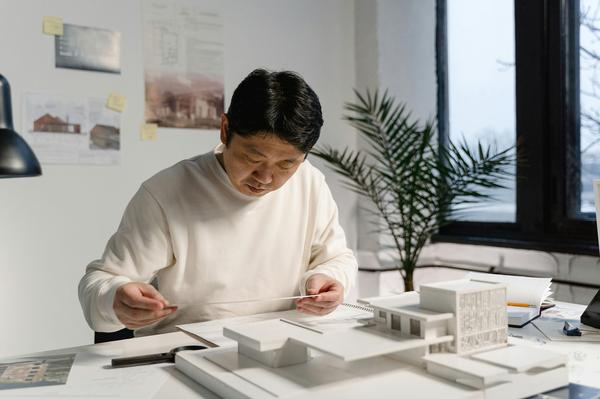
How To Build A Stunning Architecture Portfolio Site

Sam Hindman
Published onIf you dream of becoming a successful architect, you have to start with the fundamentals. This means, first and foremost, creating a portfolio of work that demonstrates exactly what makes you so skilled. All architects have a portfolio, though most of them haven't made the leap into taking advantage of an online one.
If you want to stay ahead of the game, cement yourself into the future of the industry, and march toward the architectural career of your dreams, Journo Portfolio is here to help. Read on and discover how to make your dream architecture portfolio a reality! (Trust us, it's much more simple than you'd think.)
Why Do You Need An Architecture Portfolio?
There are plenty of reasons why having an architecture portfolio is so important when beginning (or progressing) in the industry. For starters, it simply acts as a place to hold your work. This collection of images is also, in a sense, a timeline of how your style and technique have progressed throughout the years.
It's also the perfect way to display images and videos of your designs right where they can be shown to prospective clients and employers. Architects are, at their core, artists. Every artist needs a strong portfolio to document their skill!
Perhaps most importantly, having an online architecture portfolio is the best way to stand out in a field that is becoming increasingly competitive. Showcasing your strongest projects on an entirely unique platform is the best way to show exactly what makes you uniquely positioned to take on any given project.
Choosing Where To Host Your Online Portfolio
Now that you know why having an architecture portfolio is necessary for your career, it's time to decide where your design work will be displayed. There are naturally dozens of website options to choose from when building your portfolio, so let's find out what functions would be most beneficial for you.
Your chosen platform should offer plenty of customization options while still allowing for ease of use. This will allow you to present your work in the best possible light without requiring extensive technical skills.
For instance, platforms like Journo Portfolio combine drag-and-drop features with optional HTML coding. This flexibility allows you to tailor your site to your specific needs, whether you prefer a highly personalized design or a more straightforward, minimalist approach. Customizing your portfolio ensures that it accurately reflects your unique style and professional brand!
One effective way to determine whether a website builder will meet your needs is to explore portfolio examples from other architects using the same platform. By reviewing how others have used the platform's features, you can gain insights into its capabilities and limitations.
The Qualities Of A Strong Architecture Portfolio
From layout to content, a strong architecture portfolio consistently possesses certain attributes. When building your own, it's important to focus on these key qualities. There are thousands of online portfolios out there, so in order to stand out among the noise, yours should try to meet all of these criteria.
Have A Clear & Professional Design
Above all else, your architecture portfolio should have a clean finish. While this can be said about all portfolios, this industry, in particular, emphasizes first impressions. You want to ensure that the work you're displaying doesn't just look beautiful but is also presented in an aesthetically pleasing manner.
A solid way to ensure that you're setting yourself up for success in this sense is by building off of a template. This way, you're not DIY-ing yourself into a corner with an overly complex or buggy design. The hosting site you choose should have plenty of options.
High-Quality Visuals
Make sure that the content you're uploading into your portfolio is of high-qualtiy. Check the resolution of your images to ensure every of of your work's small details is captured clearly. In architecture, it is often those small details that matter most, both to potential employers and prospective clients.
Use Detailed Descriptions
Make sure that you're accompanying your artwork with descriptions that convey the overall purpose and message to your website's visitors. Start each project description by outlining the main objectives. What was the project aiming to achieve? Then, describe the client's vision for the project and any specific requirements they had. This provides context for your design decisions and showcases your ability to meet client expectations.
If it was a collaborative effort, detail your specific role in the project. Also, list any challenges you may have experienced throughout the project's duration and how you handled and overcame those challenges.
Strong Personal Branding
As we briefly mentioned earlier when discussing aesthetics, it's important to demonstrate a strong, consistent personal brand throughout your site. Whether it's one of abundance or simplicity, you have to ensure that your website speaks to who you are and the kind of work that you wish to create page by page.
5 Beautiful Architecture Portfolio Design Examples
It's one thing to simply list off a series of attributes, but since you're an architect, we should put things into visual perspective for you. This way, you can see what makes a solid portfolio for yourself! Below, we have a list of examples of quality architecture portfolios that are sure to provide some inspiration as you begin your process.
Pamika Sujitkiddee
First up is Pamika Sujitkiddee, a graduate of the University of Utah's College of Architecture & Planning. She has chosen to build her site using a minimalistic design that works quite well for her projects. She doesn't use large images and instead has the portfolio section of her site in neat squares, each opening up in more detail when selected.
Instead of having a website divided into pages, all of the important information about her and her work is available by scrolling through her main page. She has a section for personal information, for projects, and a link to her CV. The only recommended adjustment when building your own architecture portfolio is to ensure you include links to your social media handles, email, or another contact option.

Matt Elkan
Matt Elkan, also known as Incidental Architecture, has a website layout that is designed in a very appealing way. It shows the buildings he's created not in a grid but rather in a slideshow that's operated by scrolling down with your mouse. But that's just the homepage, and the fun doesn't stop there!
Each of his projects has a dedicated portfolio page, and it's clear at a glance that he's quite a seasoned designer. Each image is accompanied by a vivid, lengthy description of the project's criteria and process. He isn't just a building architect, either; He has a separate portfolio section dedicated to his design of furniture and other interiors.
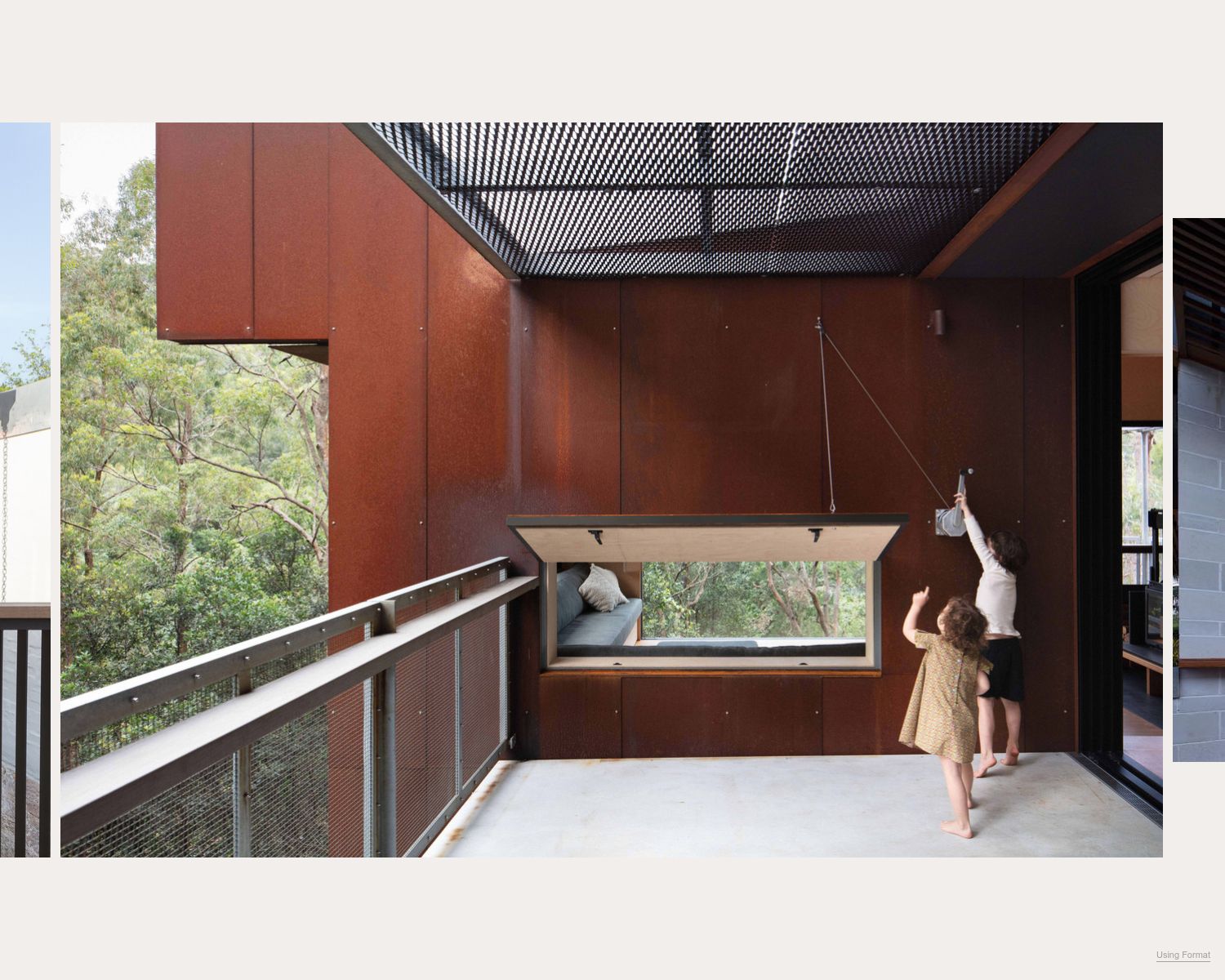
Revel Fox & Partners
Revel Fox & Partners' portfolio is an excellent example of what to do when you become more experienced and your projects continue to accumulate. Though you want to show a range of work on your homepage, it's not always possible to show your complete collection. Interestingly, they have chosen to separate their work not just by design category but also by project year.
They also have a section in their portfolio dedicated to the awards they've one, which is definitely something to consider if it's applicable to you.
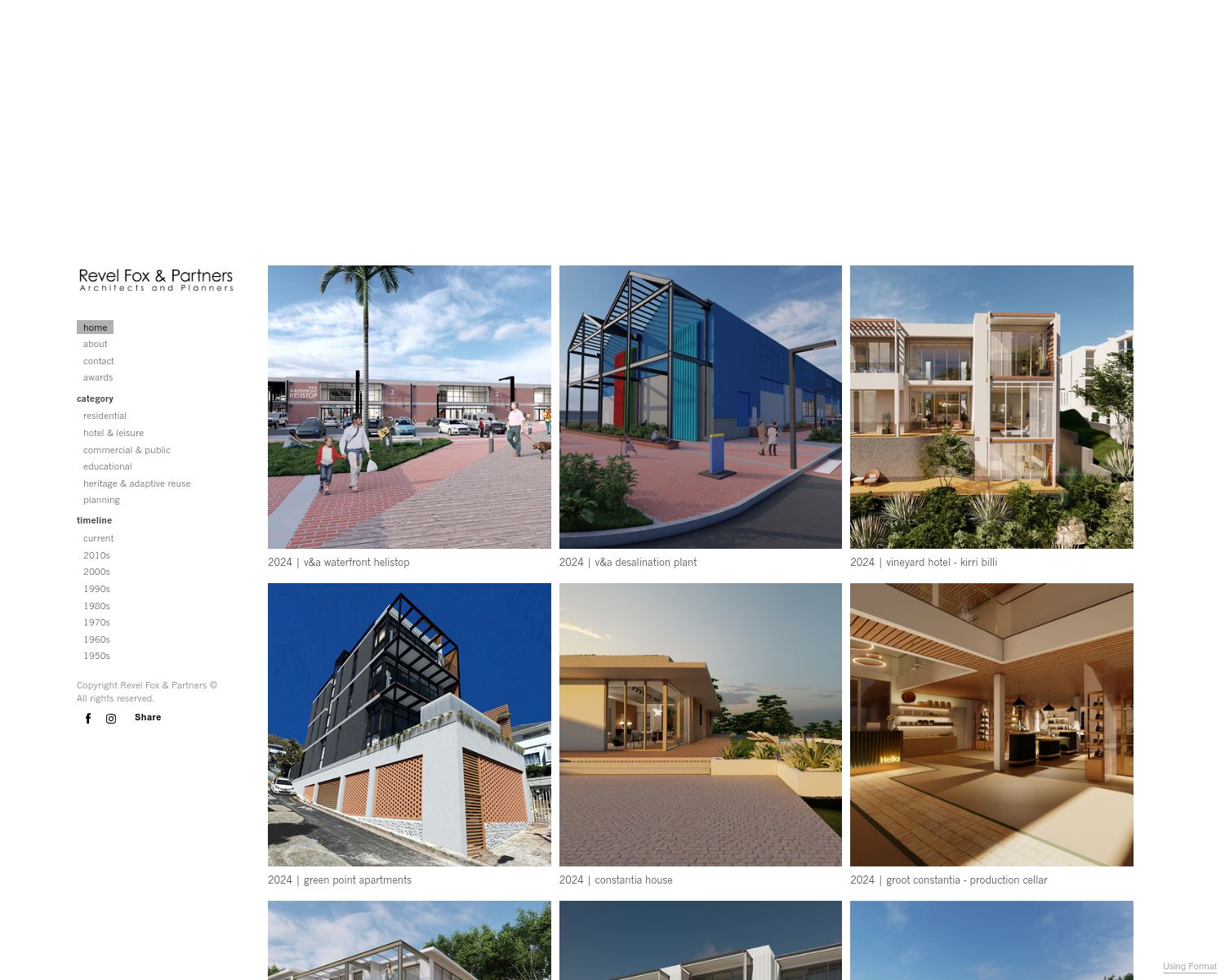
Najwa Chika Salsabila
Najwa's portfolio was worth including because it highlights that designing isn't the only aspect of an architect's career. She happens to be an architectural writer, and this format can be helpful for those who may consider writing blog-style pieces on their designs.
Her portfolio's design is sleek, and it has an impressive collection of journalistic pieces on architectural design. She also links her social media accounts in case a visitor wishes to connect with her off-site, something that you should include as well.
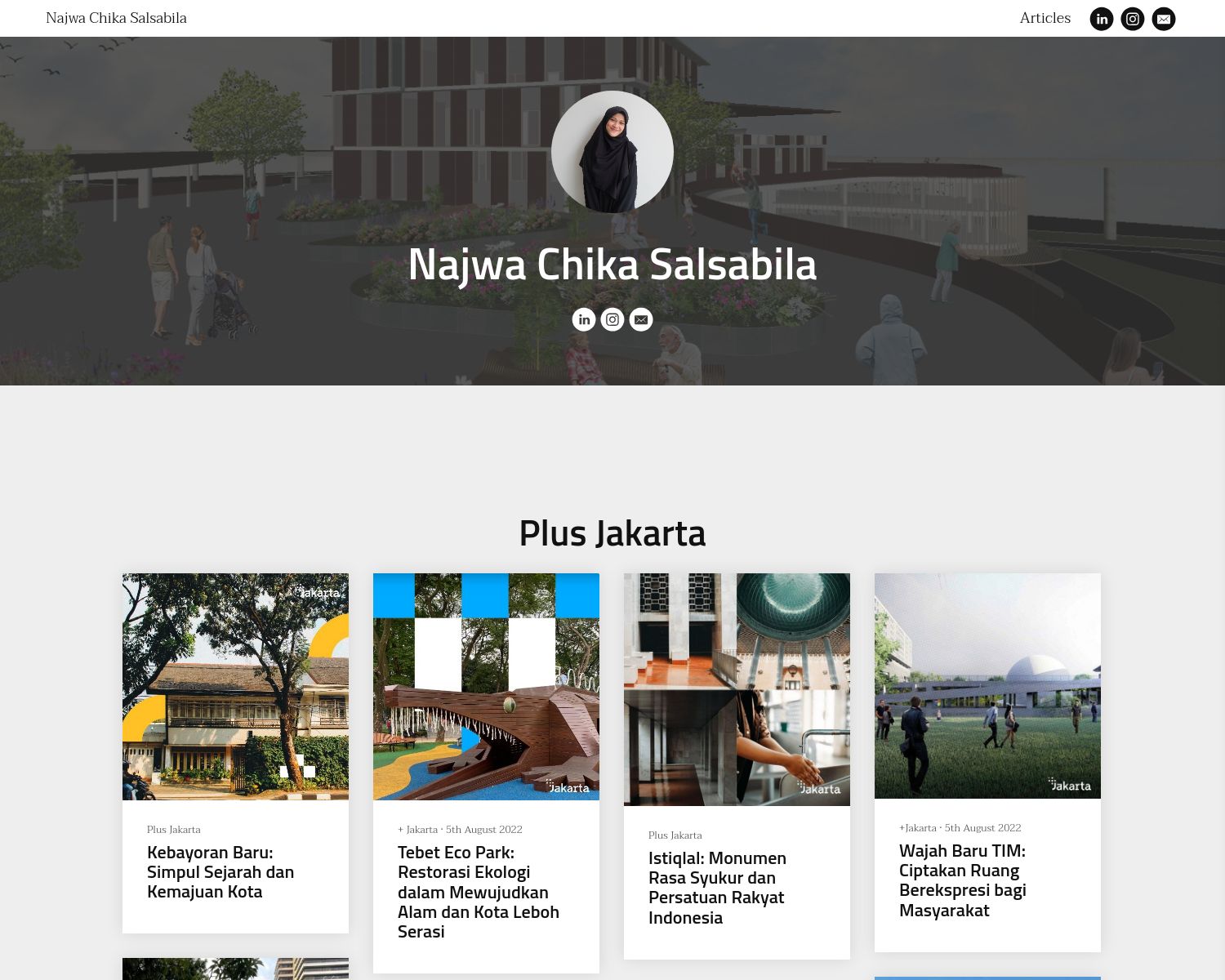
Nicholas Gurney
Last but certainly not least is the portfolio of architect Nicholas Gurney. This is an excellent example of including personal branding elements in your architecture portfolio. It's clear the type of projects he wants to create, as he's designed his website to reflect his style and practices. Minimalistic to its core, each portfolio piece includes a short blurb about its contents.
Much like the awards section we discussed earlier, Nicholas' architecture portfolio included a "Press" section that discusses the times he's been mentioned in the media. This can help drive new viewers, show authority in the industry, and work as a favorable addition to the site in general.
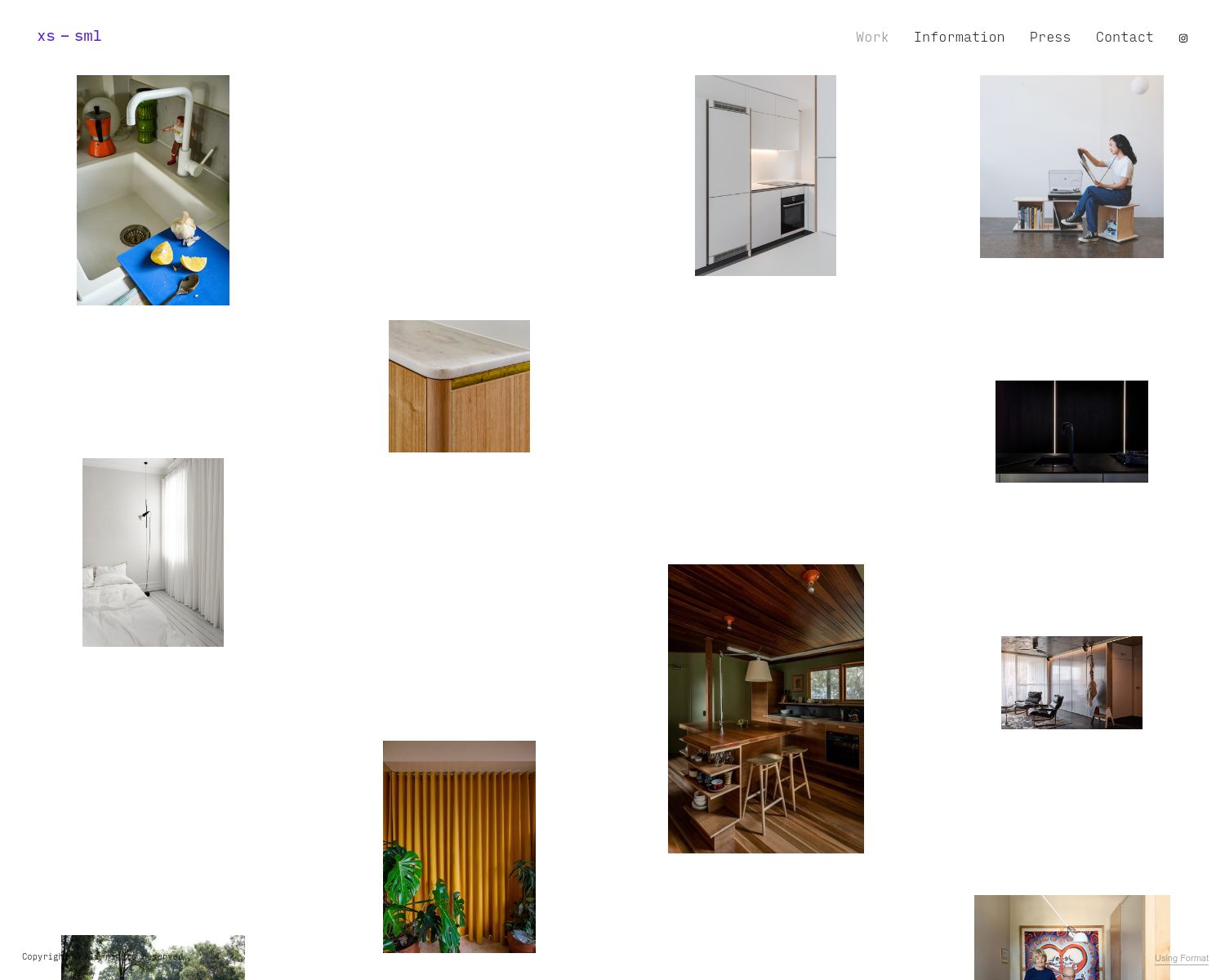
Start Creating Your Architecture Portfolio Today With Journo Portfolio
We sincerely hope that the tips and advice above inspire you with the confidence to start building your own architecture portfolio. Everyone starts somewhere---even the Frank Lloyd Wrights of the world had to begin by applying their work to a collection to pitch to higher-ups. All that it takes is that first step!
Journo Portfolio prides itself on balancing ease of use and potential for customization, making it one of the best portfolio builders online. It's in the name, after all! Check out our complete list of features, and get started with your free account today.



